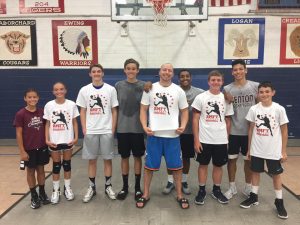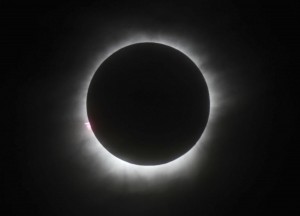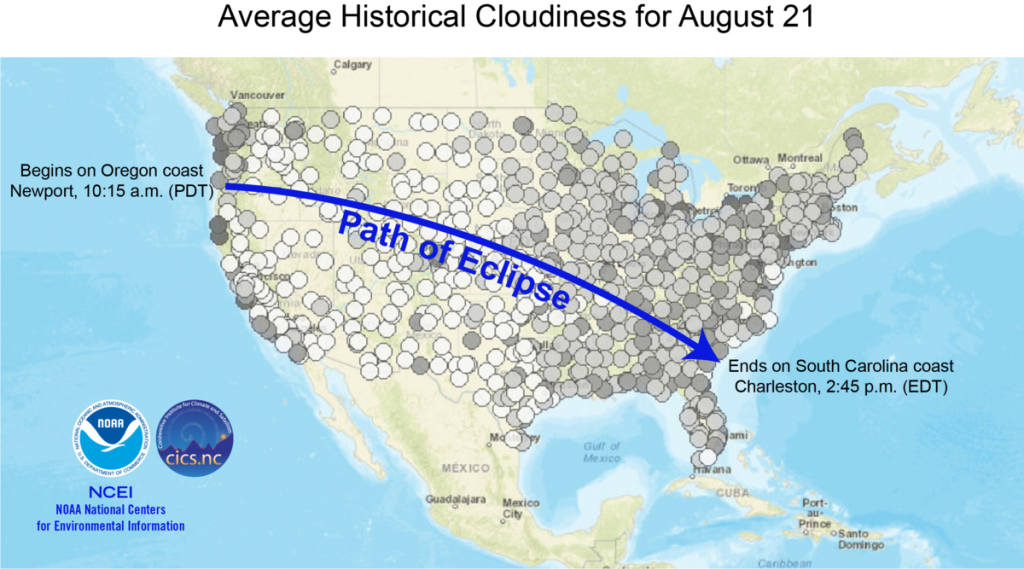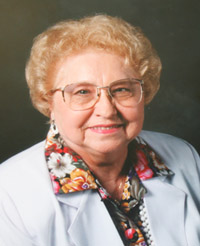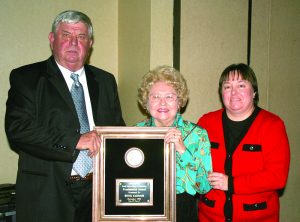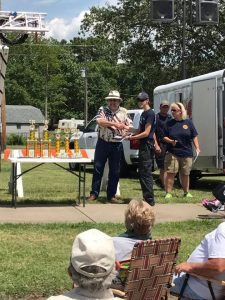From The US Army Corps of Engineers, Rend Lake Project Office
REND LAKE FISHING REPORT July 3rd, 2017
U.S. Army Corps of Engineers Phone (618) 724-2493 Fax (618) 724-4089 e-mail : rendinfo@usace.army.mil
Website: http://www.mvs.usace.army.mil/rend http://www.mvs.usace.army.mil/rend
“Like” us on Facebook at Rend Lake Project Office/Visitor Center
LARGEMOUTH BASS – Good Minnows spinner baits, worms, and black and blue jigs. Reports of fish being caught around Jackie Branch, Sandusky Cove, and below the dam. Fish in shallow bays near brush cover and bushes. Fish around bridges and along the rocks 14” minimum length limit, 6 daily creel limit. 1 fish daily creel limit in PONDS 14” minimum length.
CRAPPIE – Excellent Meal worms. Small & medium minnows. Quarter-ounce pink and white tub jigs. Shallow water! Fish attractors! From shore, fish near structures, hot spots are Jackie Branch, Sandusky, Sailboat Harbor, Marcum coves, and Ina Boat Ramp. Try the Jackie Branch Breakwater and along Mine 21 Road. Fish the main lake drop off areas. 25 fish daily creel limit with no more than 10 fish 10 inches or longer
BLUEGILL – Good Small jigs, worms, meal worms, wax worms, crickets. From shore try Sailboat Harbor and Mine 21 Road. Try fishing shallow with crickets, worms or small jigs. Fish in the back of necks and on flat shallow banks and on the rocks. 10 fish daily creel limit in PONDS.
CHANNEL CATFISH – Excellent Large minnows, leeches, Hoss’s Hawg Bait, night crawlers, and Sonny’s stink bait. Try leeches in moving water. Drift fish the flats. Set line 3-4’ from the shore over rocks. Try the Waltonville Dam, Turnip Patch, Jackie Branch, and North Sandusky Day Use Area. 6 fish daily creel limit in PONDS. Jugs must be attended at all times while fishing.
WHITE BASS – Good In-line spinners, jig and curly tail grubs. Reports of fish being caught around the 154 bridges. Fish around along the rocks and drop-offs Fish in shallow bays near brush cover and bushes. 20 fish creel limit. No more than 3 fish 17” or longer daily
Information as of: 07/02/2017 LAKE LEVEL: 407.63 AVERAGE POOL FOR THIS DATE: 407.48 WATER TEMP: 80°F
Use of a minnow seine, cast net, or shad scoop for bait collecting within 1000 yards downstream of the Rend Lake dam and spillway is prohibited.
Maps of the Fish Attractor tree locations along with GPS readings are available at the Rend Lake Corps of Engineers Project Office. Contact Randy Cordray for more information at (618) 724-2493.
